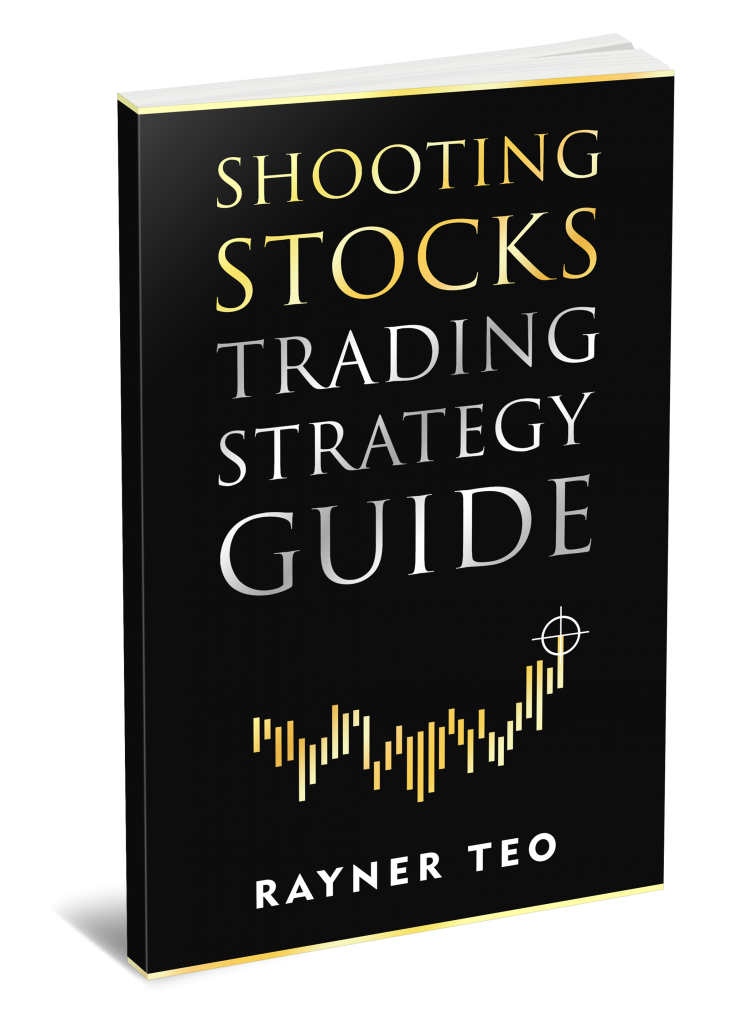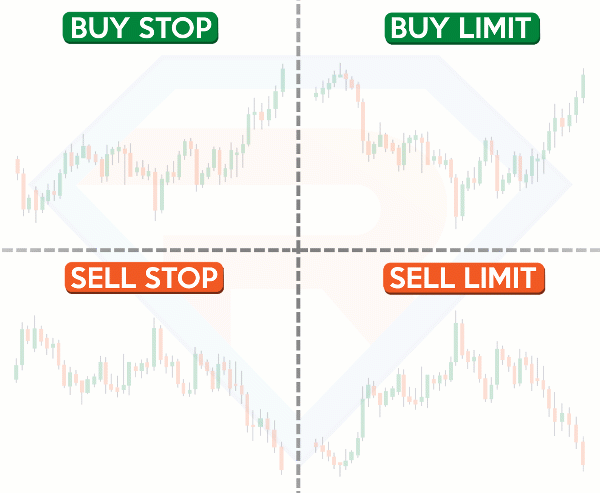This post is written by Jet Toyco, a trader and trading coach.
In today’s post, you’ll learn what a stop loss order is and how to apply it.
The best part?
This guide will teach you how to apply it no matter what market or broker you choose.
So let’s get started…
What is a stop loss order, and why it’s important
A stop loss order is a type of order that gets you out of a trade automatically.
It means that you don’t need to stare at your charts the whole day and try to scare your pants off as the price approaches your stop loss order.
Now…
I’m not going to lie to you…
It hurts taking a loss…
Even if it’s just a losing trade.
But how would you feel when your stop loss order got hit, but the price went against you even more.
Except…
You’re not there to take the hit:
You feel relieved, right?
Not only you freed up space on your portfolio early to look for better trading opportunities.
But you also prevented a huge potential loss.
Can you see why this is important?
That’s why you can think of a stop loss order as a “risk police” that prevents you from losing more money or have unexpected losses.
Now you’re probably wondering:
“What if my broker doesn’t have a stop loss order?”
“I can only exit manually; what should I do?”
Don’t worry, because, in the next section, I’ll make sure to have all the answers to your questions.
Keep reading…
How to set a stop loss order no matter what trading platform you choose
Here’s the thing:
If your trading platform does not have a stop loss order, it’s essential to know the different types of market orders.
There can be a hundred types of market orders out there, but it all boils down to four:
- Buy Stop
- Buy Limit
- Sell Stop
- Sell Limit
Let me briefly explain…
Buy Stop – An order to go long when the market exceeds a specific price level.
Buy Limit – An order to go long when the market drops below a specific price level.
Sell Stop – An order to go short when the market exceeds a specific price level.
Sell Limit – An order to go short when the market rises above a specific price level.
Makes sense?
Now, if you want a more intuitive “cheat sheet” to understand all of these in one go, then check this out:
(please save it as it might just save your life in the markets)
Okay, so, how exactly does this relate to setting a stop loss order?
Here’s how…
Buy Stop & Sell Stop
If you’re trading breakouts…
Then you’d want to set a buy stop order at the breakout point, then place another sell stop order below the price, which acts as your stop loss order.

Likewise…
Buy Limit & Sell Stop
If you’re trading pullbacks…
Then you’d want to set a buy limit order at the pullback, then place another sell stop order below the price, which acts as your stop loss order.

Now, how about when shorting?
Sell Stop & Buy Stop
If you’re trading breakouts…
Then you’d want to set a sell stop order at the breakout point, then place another buy stop order above the price, which acts as your stop loss order.

And finally…
Sell Limit & Buy Stop
If you’re trading pullbacks…
Then you’d want to set a sell limit order at the pullback, then place another buy stop order above the price, which acts as your stop loss order.

Makes sense?
Now…
If you’re curious to learn more about breakouts and pullbacks, then you may want to read this article here: The Definitive Guide to Trading Pullbacks and Breakouts
Pro tip: If your broker doesn’t have stop loss orders, you can use TradingView (free) to set price alerts
So now that you know how to set your stop loss order…
The next thing you have in mind might be:
“Where can I set my stop loss order?”
That’s what we’ll cover in the next section.
So hold on tight and read on…
How to know where to set your stop loss order
Knowing where exactly to set your stop loss order is crucial.
This is because the last thing you want to do is to place it at random places, just like how you’d throw a dart blindfolded.
So here are three different ways where you can set your stop loss order:
- Below support
- Below swing low
- Below the trend line
Let me show you…
Below Support
An area of support shows where the buyers and sellers have respected the level a couple of times.
Setting your stop loss order below support can be effective when trading range markets.
Here’s what I mean…
Pro tip: avoid support levels tested more than five times, as a level becomes weaker the more times it is tested.
Next…
Below swing low
A swing low on your chart represents the “nearest low” on your chart.
Setting your stop loss order below the swing low is favorable, especially for strong trending markets that barely produces any support levels
Here’s an example of a breakout setup using this technique:
Of course, you’d want to add a “buffer” below the swing low as you wouldn’t want to get stopped out prematurely.
And finally…
Trend line
A trend line is when you connect two or more swing lows, and it acts as a support area within a trending market.
The best part about using a trend line is that it also acts as a dynamic level to place your stop loss order.
Using this technique is usually effective for trends that tend to respect the swing low.
With that said…
Which one should you choose?
Which is the best one?
I’m not going to lie to you…
There’s no such thing as the best.
Because what matters is for you to choose one thing you can apply consistently.
Makes sense?
Conclusion
Let’s do a quick recap of what you’ve learned today:
- A stop loss order automatically gets you out of your trade; it also helps you prevent unexpected or unnecessary losses.
- Use limit and stop orders according to your trading setup and direction.
- Setting your stop loss order is a recipe for disaster; you can place your stop loss order below the nearest swing low, support, or below the trend line support.
Now here’s what I’d like to know…
How do you set your stop loss order?
Leave a comment below and share your thoughts with me.








What about futures contracts Rayner? unlike shares you can change the number of shares in relation to your stop loss size in relation to your account size.
Contracts are only bought in singular lots, depending on stop loss size risk could far exceed the 1 or 2 percent of account size that most should follow
Example, cotton futures #2 between 16th and the 30th a good short trade.
The point spread of this consolidation is about 8.5 points, at $500 a point that’s $4250 risk.
Not only is this just about the value of the contract (assuming we are holding overnight) but if we want to go by risk % compared to account size you would need an account of over $400,000 to trade this contract at 1% risk.
The other option would be not to trade this right, but there are many examples like this in futures.
Lower time frame or pullback trade can work if there are very small doji candles, but getting to 1 or 2% risk of account will just about be impossible with a small account.
It’s all good showing the basic premise of trading but these examples will get you up shit cheek without a paddle if you analysis of the trade is wrong (unless you have a large account).
Other than micro futures ( which will limit the number of assets you can trade ) what is the best option to trade futures? Not to trade futures?